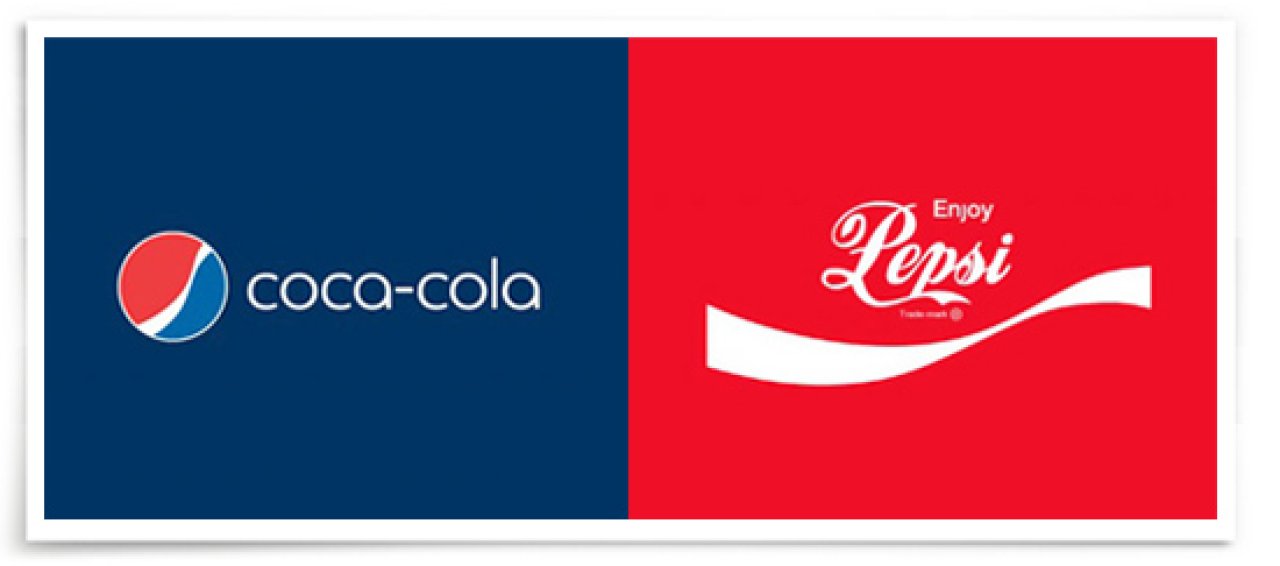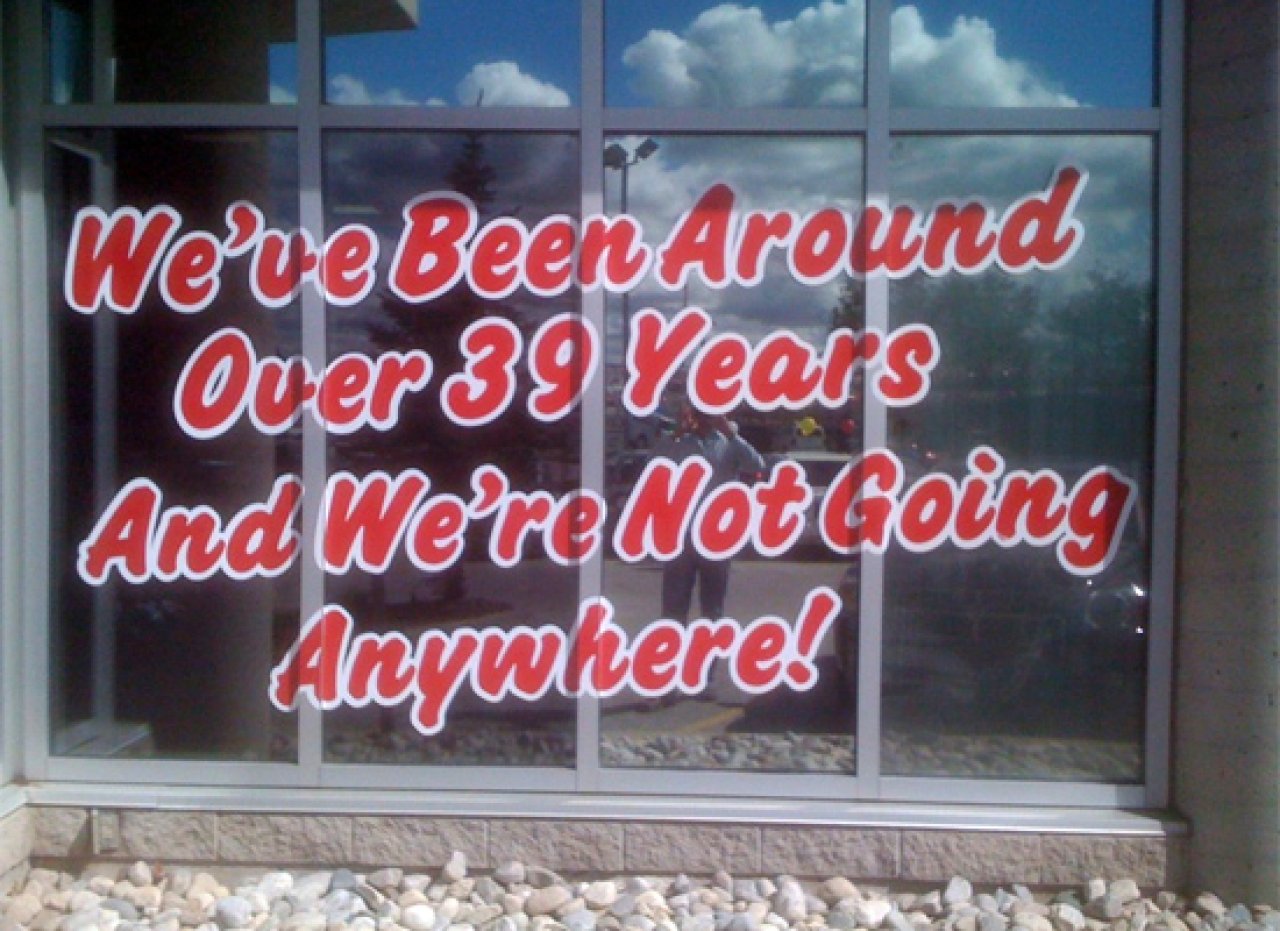Industry Insights
Living the Brand

The Ritz-Carlton promises an experience that is remarkable in every way; for one family and their toy giraffe Joshie it truly was.
Ritz-Carlton customer Chris Hurn's son had left his favourite toy giraffe at a Ritz-Carleton hotel while on vacation. Hurn told his son that Joshie - the giraffe - had decided to take an extra long vacation. He quickly contacted the hotel and explained his predicament to the staff.
Wanting to make this situation remarkable, the hotel staff took pictures of Joshie enjoying his extended stay. They sent the stuffed animal back to the Hurns along with a copy of a photo album documenting his vacation. The staff delivered on their brand promise because the Ritz-Carlton brand was about much more than a logo to them, it was about being. This has now become a famous case study for how to do customer service well.
Are you and your employees living your brand? Does it really matter? Yes. It does.
You see, the time and money spent defining your mission, vision, core values, and positioning; crafting language to connect with customers and communicating through your website and other channels is meant to reflect certain truths about your organization. Sure you want to be compelling to potential customers and hires but above all else, your brand - if it is to be one of your most valuable assets - needs to be true to life.
While stories like the one I shared above reinforce, or in rare cases improve, people's perception of your brand, negative experiences have the power to hurt your brand. Making the claim that you are a company that focuses on prompt, professional service with attention to detail is not enough. These days people are increasingly skeptical of organizations that rely on generic language such as 'quality service' and 'detail'. If you use a word like 'quality', you'll need to explain what you mean. Specifically. It's not enough to talk about great service without guaranteeing specific service metrics.
You can have a beautifully designed website that compels people to call you, but if on Monday morning your crew shows up late to my house with coffees still in their hands, they shuffle and swear as they get started on the work, or spend inordinate amounts of time on their phones, make no mistake that your clever logo will not be enough to save you. If I find cigarette butts tossed on my property? Forget it!
Steve Jobs once said that "marketing is about values. It's a complicated and noisy world, and we're not going to get a chance to get people to remember much about us." What people will remember about you is how you make them feel. They will remember how they were served. On top of that, they will share that experience with others. In today's connected world your customer has a pretty big megaphone.
I move a lot. Because I move so often, I rely on companies whose brand experiences are familiar to me. I've rarely had any problems and so I haven't had much reason to interact with the brands beyond their websites. So, when I moved to a new city with no job, no resources, and no helpful connections, I relied on certain brand promises to get myself situated. When three days had passed and I was still waiting on one of these companies, I went to a payphone and called the service line for assistance. I spent three hours on hold the first night only to learn that their offices were closed and I would have to call back the next day. I called back every day for a week. When I finally got through to a person, that person ended up yelling at me that I should have been home (I hadn't left my home) and hung up. That brand claimed that they lived to delight people with their customer support. My experience told me a different story. Obviously customer service didn't live the brand and as a result, I dropped their service, switched companies, and have shared that story with every friend who was in the process of moving. It is not enough to say that you care about people and want to make them happy. You need to live it.
So how do we live our brand?
1. Lead by example.
Building a brand starts with you. If the leadership of an organization lives the brand authentically, employees are much more likely to embrace the culture as well. Edwin Catmull, the president of Pixar and Walt Disney Animation Studios wanted to create a culture where every person/idea was valued. He couldn't understand why not everyone was sharing. He quickly discovered that people perceived a hierarchy among themselves and that only some people's ideas mattered. Catmull and his colleagues realized that while they were saying everyone was equal, they had assigned seats around the boardroom table that were organized by role. The further one was from the president's or director's spots, the harder it was to engage and the less important they felt their ideas were. Armed with this insight, Catmull did away with name cards, got a larger room and incorporated everyone in the discussion. He lived his brand and it has been an important part of Pixar's ongoing success.
2. Be real with people.
Being authentic means having a deep understanding of what makes you – as a company – tick. What are you passionate about? What are your values? What are your core competencies? What sets you apart as a brand? Be open to improvement. Embrace the challenge! Catmull says that "companies, like individuals, do not become exceptional by believing they are exceptional but by understanding the ways in which they aren't exceptional" and growing from that understanding.
3. Empower employees to become brand advocates.
When you know what your brand stands for, you know how you want others to view you, and you yourself are living the brand, leading by example here are a few things you can do to engage your employees:
4. Hire well.
Focus on fit. You can always train the skills they lack but if they don't align with your brand, it could be costly.
5. Communicate
Instill your brand story to everyone in your company; people can't advocate what they don't know.
Find every occasion you can to communicate and reinforce your brand values. Write it on the walls of the shop, share handwritten notes, refer to values when making decisions, when reprimanding, tattoo it on your arm...well, maybe not THAT far but you get the picture.
6. Empower employees
Give your team permission to go the extra mile for a customer to make their experience special. Companies like Tom's Shoes make it easy and rewarding to become a brand advocate by providing a pair of shoes to someone in need whenever one of their pairs of shoes is purchased. This gives their employees (and customers) a way to be socially active and engaged in change while supporting the brand directly.
7. Celebrate!
When employees live it...Love it! Celebrate, and yes, even reward your employees for living the brand. Miller Lite frequently uses pictures of employees who live the brand in their advertising. Other companies have highly developed incentive programs. Give your team a shout-out or give them a gift. But be creative! And celebrate!
Your marketing makes broad promises. Your sales team make more detailed promises. Be sure your operations, customer service, and admin teams are delivering on those promises. Everyone in your company has a role in building a strong and reputable brand.
People buy from people. Interesting people. Cool people. Helpful people. People who live the brand.
How are you and your employees living your brand?
June 14, 2017


